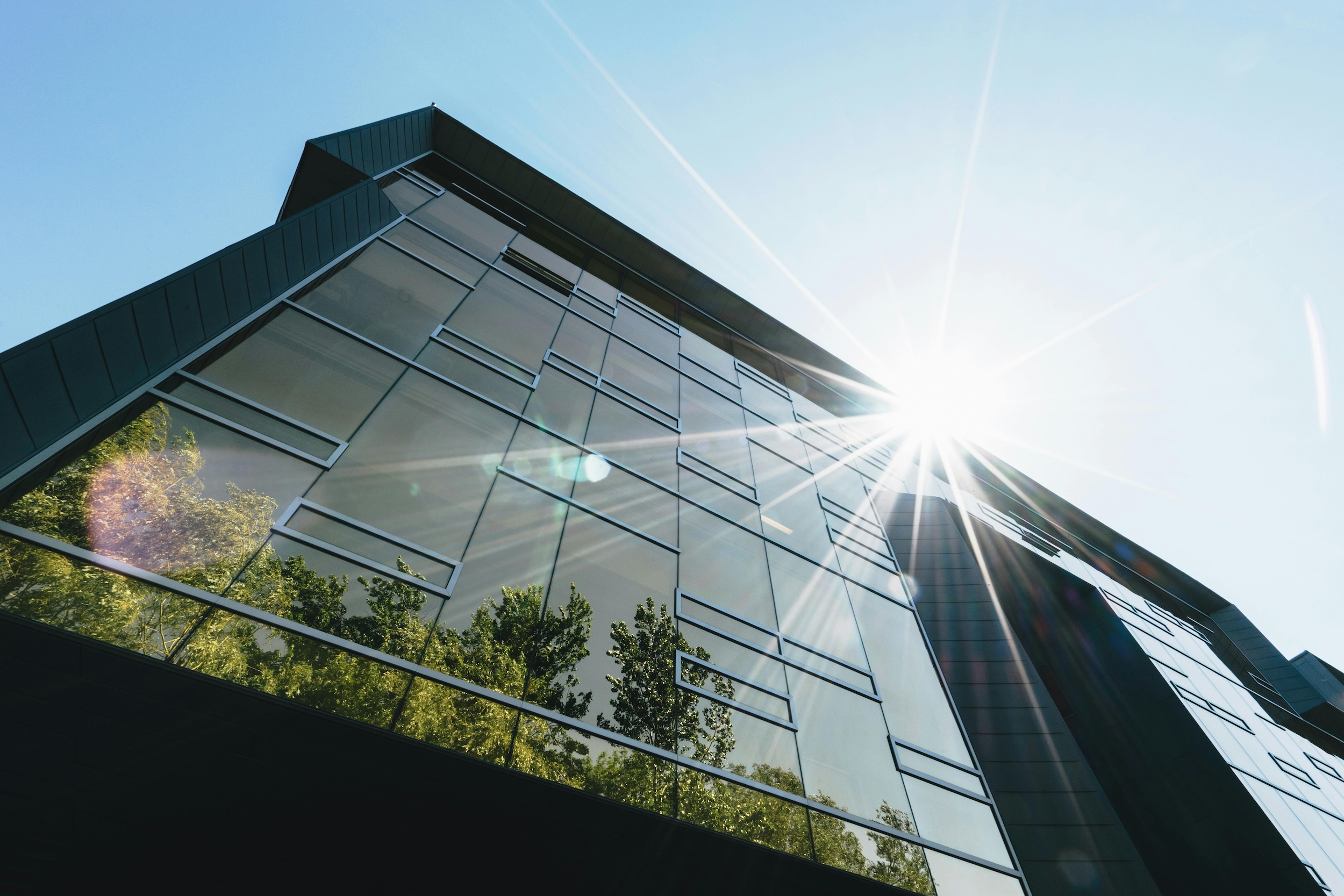By Lauren Farkas, USGBC

The U.S. Green Building Council (USGBC) has been hard at work developing the latest LEED (Leadership in Energy and Environmental Design) rating system, LEED v5. Industry peers and volunteers serving on LEED Steering Committees, Technical Advisory Groups, Consensus Committees and Working Groups have been instrumental in shaping updates that align with objectives outlined in the Paris Climate Agreement.
LEED v5 for Operations and Maintenance (O+M) was the first draft released during Greenbuild in 2023. Around 50 existing building project teams are participating in a beta test. Their valuable feedback will help refine the rating system, with plans for a full market release in 2025, including Building Design and Construction (BD+C), Interior Design and Construction (ID+C) and Operations and Maintenance (O+M).
The highly anticipated new LEED rating system arrives over a decade after the launch of LEED v4. A lot has changed since 2013, and the rating system has evolved to address the critical needs of the market in light of the increasing environmental impacts caused by the climate crisis.
There are six principles guiding a holistic approach to sustainability and the future of LEED. These include the ability to scale transformative change, decarbonization, resilience, human health and wellbeing, equity, and ecosystems. These principals work alongside three main overarching system goals reflected in the scorecard that make up 100% of the points. Climate Action accounts for 50% of points, Quality of Life accounts for 25% and Ecological Conservation and Restoration make up the remaining 25%. Credits within each credit category will simultaneously address both system goals and guiding principles.
Decarbonization is a core objective for LEED v5. One of the main goals of the new rating system is to increase carbon literacy in the market and encourage strategies to reduce emissions. Attention is paid to both embodied and operational carbon in addition to emissions related to transportation.
Occupant health and wellness and consideration for indoor air quality, advanced filtration and outdoor air monitoring remains a focal point of design. Other components of indoor environmental quality include mental, physical, and behavioral wellbeing alongside equity and accessibility.
Ecosystem preservation and biodiversity support healthy, sustainable environments for all forms of life. Regenerative development practices, resource conservation and an increased concentration on circularity are included in the new rating system.
Resilient and adaptive buildings are becoming more and more imperative as natural hazards and climate disruptions impact communities. Implementing climate-related risk assessments and preparedness measures empowers project teams and building owners to proactively mitigate damages stemming from inclement weather and climate change.
Equity is addressed by focusing on education and awareness, understanding individual needs, and supporting and protecting workers. Additionally, fostering community engagement through service and advocacy contributes to the creation of more equitable environments within the surrounding areas where buildings are situated.
Public Comment Opens
Since 1998, the LEED rating system has served as a dynamic catalyst for driving sustainable market transformation within the built environment. It is a rating system designed by and for those who both design and/or occupy buildings. Public comment is vital for the LEED rating system as it provides an opportunity for diverse stakeholders to offer valuable feedback and insight. This helps ensure the rating system reflects a broad range of perspectives and remains responsive to evolving needs and challenges in the industry.
Public comment opened on April 3 and anyone is allowed to provide input. Full drafts of Building Design and Construction (BD+C), Interior Design and Construction (ID+C) and Operations and Maintenance (O+M) will be available for review. Feedback can be provided through the LEED credit library or through LEED user discussion forums. During public comment, we are looking for feedback on the credits that includes what you think works well and what needs refinement. The most impactful comments will include not just feedback, but also the thoughts behind it.
For more detail on how to submit feedback, you can read, The Next Milestone for LEEDv5: Public comment, on the USGBC website.
From here on out, USGBC is committed to updating the LEED rating system every five years to continue to support the progress and evolution required to meet the goals of the Paris Climate Agreement and achieve net zero energy by 2050.
Lauren Farkas is the associate director of Market Transformation & Development at U.S. Green Building Council. Contact Lauren here: lfarkas@usgbc.org









